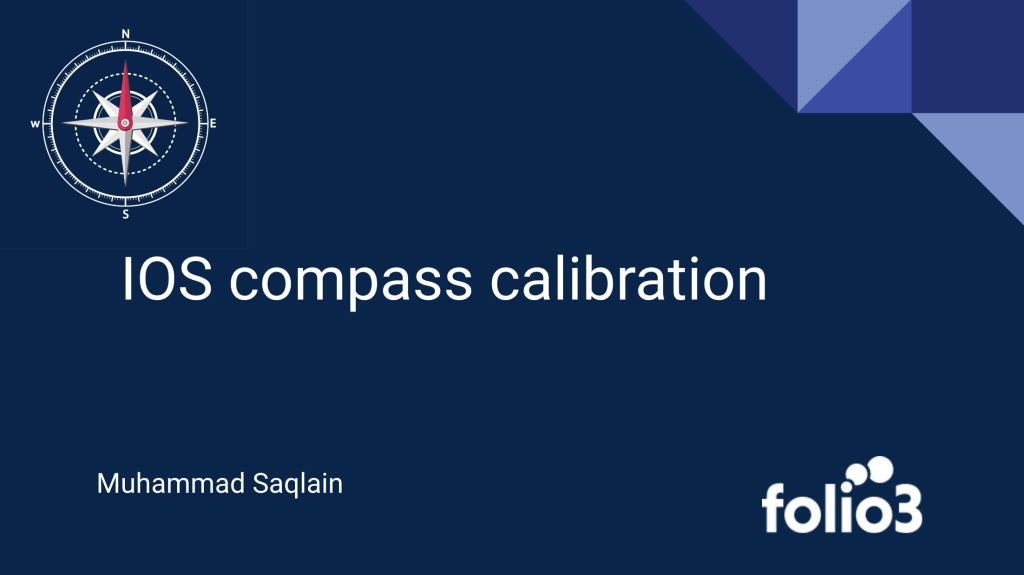Compass calibration issues on iOS devices can occur due to a variety of reasons, such as interference from magnetic fields, hardware or software issues, or even the user’s handling of the device. Google Maps may appear to be working better than other apps because it uses a combination of GPS, Wi-Fi, and cellular data to determine the user’s location and orientation, and also applies sophisticated algorithms to improve compass accuracy.
Google Maps also has a feature called “compass calibration” that prompts the user to move their device in a figure-eight motion to calibrate the compass. This can help improve the accuracy of the compass readings in the app.
As an iOS developer, you can consider implementing similar features in your app to help improve compass accuracy. You can also investigate if there are any hardware or software issues that may be causing the calibration problems and address them in your app. Additionally, you can consider using APIs and libraries provided by Apple to improve compass accuracy in your app.
Here are a few suggestions you can implement in your app to improve compass accuracy:
- Use the Core Location framework: The Core Location framework provides access to a device’s compass, accelerometer, and gyroscope, which can help improve compass accuracy. You can use this framework to implement features like heading calibration, which prompts the user to rotate their device in a specific pattern to calibrate the compass.
- Use location services: The accuracy of the compass can be improved by using location services to determine the user’s location and heading. You can use APIs like CLLocationManager to retrieve the user’s current location and heading and use that information to improve the accuracy of the compass.
- Implement calibration prompts: You can prompt the user to calibrate the compass by moving the device in a figure-eight motion, similar to what Google Maps does. This can help improve the accuracy of the compass readings in your app.
- Display a compass calibration indicator: You can display an indicator on the screen to let the user know when the compass is calibrated and ready to use. This can help prevent inaccurate readings due to a misaligned or improperly calibrated compass.
- Provide instructions for correct handling: You can provide instructions for the correct handling of the device when using the compass, such as keeping the device level and away from magnetic fields. This can help prevent interference and improve the accuracy of the compass.
By implementing these features in your app, you can help improve the accuracy of the compass and provide a better user experience for your users. So why wait? Start implementing these features today and take your app to the next level!
